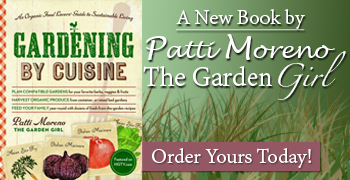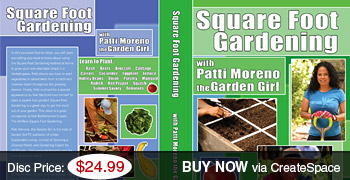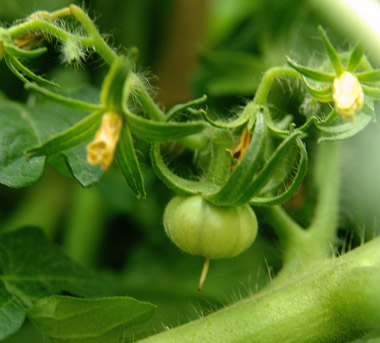Controlling Weeds with Mulch
Weed control has been an issue for gardener’s going back thousands of years and one of the things that bedeviled me in my early gardening years. Let’s face it, weeding is pain, it can be back breaking, ruin the “look” of your garden and rob your plants of needed sunlight, water and nutrients. But a few years back I learned that weeds are essentially missed placed plants, they are kind of like teenagers, they just want food, shelter and a place to reproduce and your garden is a wonderful place for them to do that. As an organic gardener your goal isn’t complete eradication, if it is you’re probably reading the wrong magazine, the goal is, like with teenagers, control and I find that there are three major steps in controlling your weeds. The most important thing is proper set up and preparation. If you take the time to set up your garden properly you can reduce your time in maintenance, by almost 70%. The simplest thing you can do, weather you garden rows or in raised beds like I do is provide an actual physical barrier to keep those pesky weeds in check.
I get emails every month from people who are plagued with weeds and thus lose their enthusiasm for their garden because they find all there time taken up trying to pull weeds. They lose interest and in no time nature does what it does and their garden and harvests are a mess. The first thing to do is start with a clean slate every year. Remember Mother Nature has spent all fall spreading seeds into your garden so that as the soil heats up and the days get longer those seeds are getting ready to establish themselves in your garden. So what I do, is I save all the newspaper and cardboard that I can all winter and in the early spring I cover my garden beds completely with it (up to a ½ inch thick). What happens is all those weed seeds start germinating under the newspaper and cardboard for a month or so. Because the sprouts get no light they quickly die and become part of my “green manure” in the garden bed. This simple and super easy step takes care of my weeds before I have even planted any of my veggies. My worms and other bacteria feed on the newspaper leaving natural fertilizer behind and my garden is ready to plant about a six weeks after laying down the mulch.
Since I start most of my spring crop indoors under grow lights, when I bring my plants out to the garden they have a six week head start on Mother Nature’s plants. I simply punch a hole through the now decomposed newspaper and cardboard and plant my veggies. This is super important as a new gardener, because often it is really hard to tell the difference between a weed and one of your veggies when they are sprouts. But by planting you veggies in a organized way, when they are already six weeks or so old, it is very easy to see what plant is misplaced and thus a weed and easily pulled before it has had a chance to establish itself.
Now, not all weed seeds arrive in the fall, some hit the wind in the spring. In my garden I have a giant maple tree that loves to scatter little helicopters down every spring into my garden. The tree is over a hundred years old and it is her goal to turn everything into a maple forest! So, to keep her in check about halfway through the spring I bring out more newspaper and place strips of it around my plants, and then I top dress it with cocoa shell mulch. Cocoa Shell is great. It smells fantastic and decomposes rapidly in the garden bed. The downside is that if you have an unusually stupid dog, they may try to eat it, which will make them sick. The cocoa mulch makes a great background so that any maple seeds or misplaced plant sprouts stand out easily and it is no sweat to pick them out.
There are lots of ways to set up a physical barrier as well. I used to use black plastic with a mulch on top, and then cut holes in the plastic for the plants. This works great for keeping the weeds down, but is makes watering the plants more difficult. I have found that overall the best thing is to use layers of newspaper or cardboard, because the water can seep through and provides a great barrier against the weeds. Other tricks that work are companion planting and crowding. For example the Native Americans worked this out millennia ago, in a method known as “three sisters” planting, you plant your corn, beans and gourds together. The beans grow up the corn stalk, replacing the nitrogen the corn is devouring and the gourds cover the ground surface preventing weeds from getting the sunlight.












